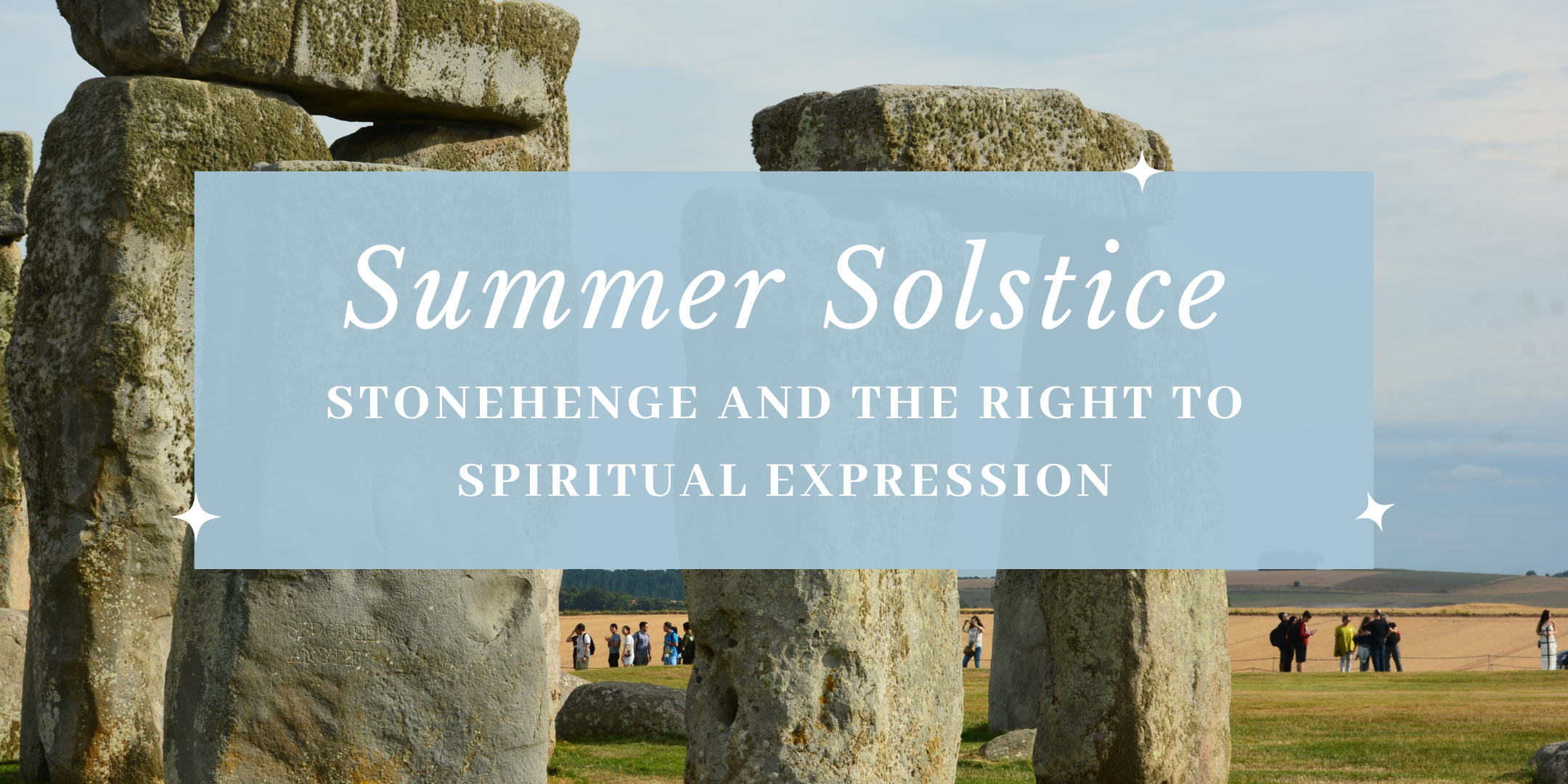
Celebrating the Summer Solstice, Stonehenge and the Right to Spiritual Expression
Soon, the sun will reach its peak on the longest day of the year. Celebrated famously by new age spiritualists at Stonehenge, but also by


My work as a writer, artist and marine social scientist, explores how we might overcome our disconnect from nature — the living, breathing planet that sustains us — and recognise how bonded we are to the ocean and the water bodies flowing into it.
The World Health Organisation recognises how essential water environments are for promoting health. As they put it:
Most of the earth’s surface is covered by water, and most of the human body is composed of water — two facts illustrating the critical linkages between water, health and ecosystems.
Despite this, the destructive separation between modern society and the natural world continues to widen. The world’s ecosystems are coming under increasing threat from human pressure, in particular waterways, coasts and oceans, also known as ‘blue spaces’. This, in turn, harms our own health, which is put at risk by environments that are polluted and degraded.
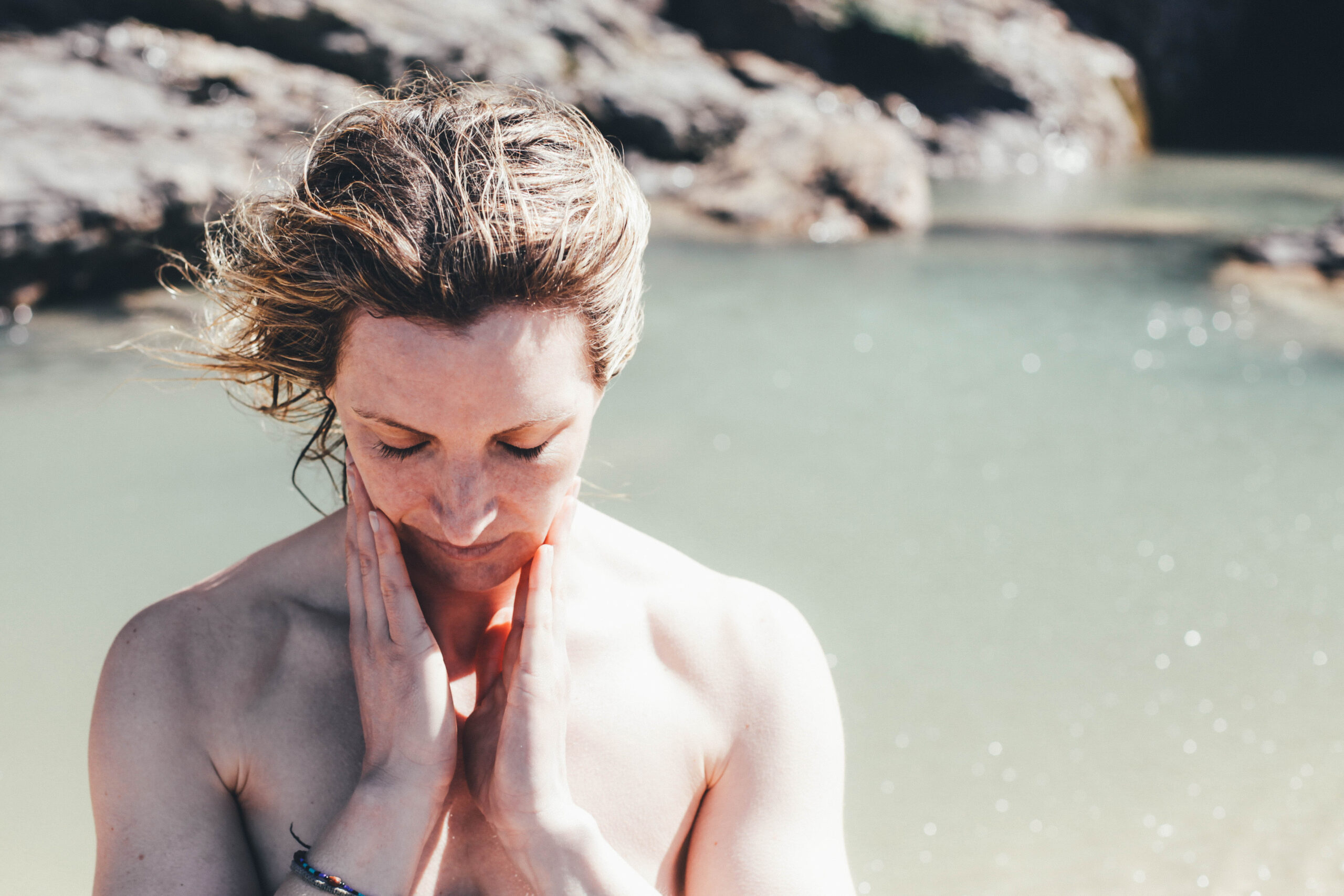
Experiences with water can leave a powerful imprint on our bodies and minds. Wave exposed coastlines are thought to release negative ions that alter our biochemistry, relieving stress and improving our mood. We comprehend the world through our senses, and connecting with the sea is an especially multi-sensory experience. It’s visually stimulating with a thousand shades of constantly shifting blue. It’s auditorily stimulating with the murmur or the crash of waves, and the calls of marine wildlife. It’s a tactile experience, the feel of sand between your toes as you’re rocked by the movement of water. It triggers taste and smell, with salt suspended in the air and water.
Like the earth, we are 70% saltwater. Our bodies are shaped and formed by water, we literally have an ocean inside us. In 1897, the French physician Rene Quinton discovered a 98% match between our blood plasma and sea water, or ocean plasma. Like our mammalian cousins, dolphins and seals, we contain numerous evolutionary aquatic markers. Take the brain as an example — simply looking at water, whether a seascape, an aquarium or even an image of water, changes the frequency of our brain waves and induces a more meditative, calmer state. In the case of our nervous and endocrine system, cold water stimulates the vagus nerve and calms our fight or flight response by lowering cortisol and releasing feel-good hormones.
Cold water therapy has experienced a boost in interest in recent years, and for good reason. We have three times more cold-water receptors than warm-water receptors on our skin. Taking an ice bath, or even a 60-second cold shower, increases electrical impulses in the brain and has an analgesic effect that gives the body the benefits of a mini-workout and boosts metabolism. Cold water swimming is something the regular sea swimmers I meet on my local beach swear by for their health for wellbeing.
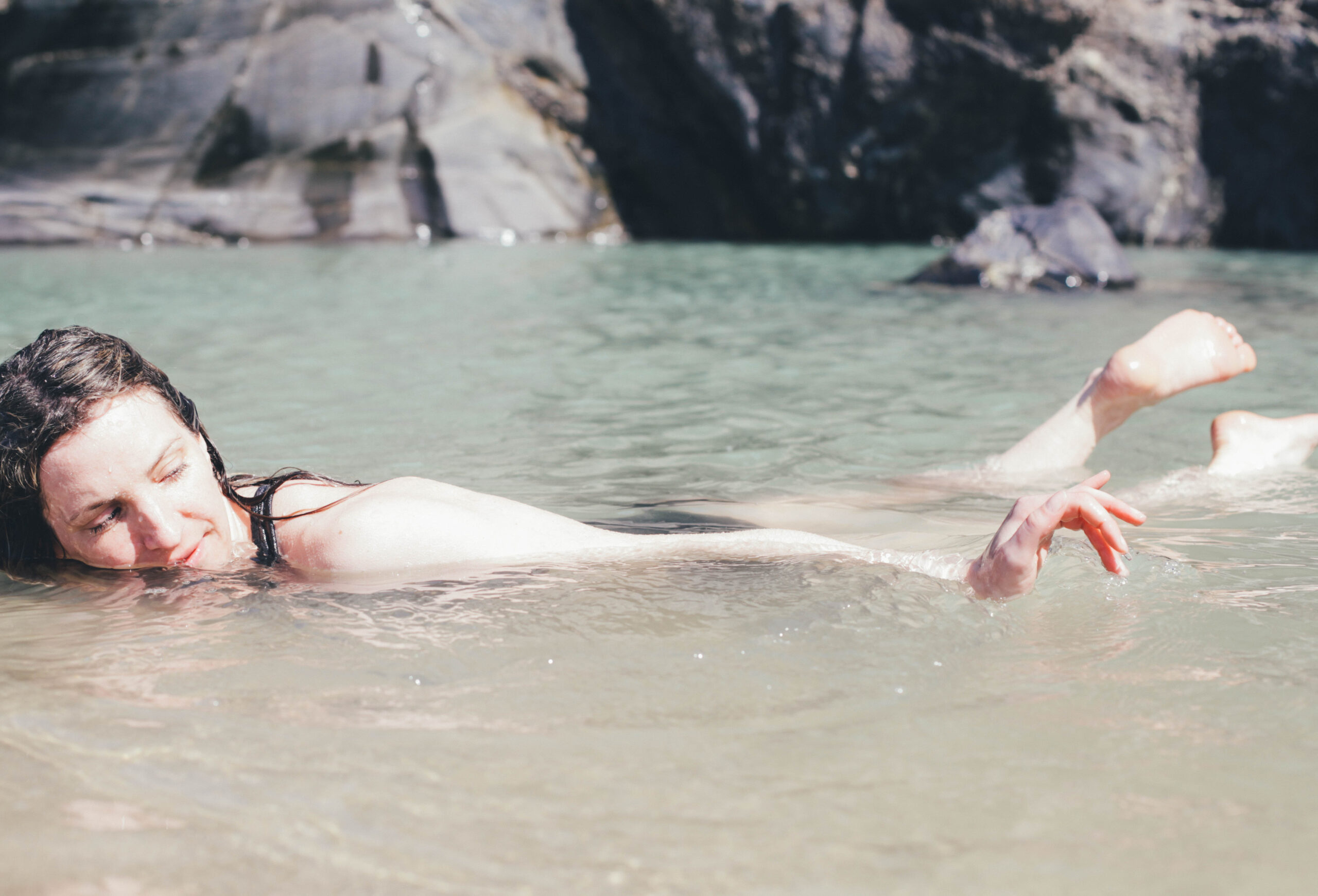
I learned from free-diver, friend and ‘I Am Water’ founder Hanli Prinsloo, that as soon as we immerse ourselves in water we tap into an innate biological effect known as the mammalian dive reflex, which causes our heart rate to slow and the mind to calm. This holds incredible importance for a stressed-out society.
There is a growing body of evidence pointing towards the powerful healing effects of regular immersion and swimming in the sea. The effects include a decrease in stress hormones and inflammation, increases in adrenal hormones associated with energy and a general sense of ‘aliveness’, increases in white blood cell count that strengths our immune system, and even an increase in sex hormones!

Returning to this notion of symbiosis, it is important to see life on earth as interconnected and cyclical. Nothing acts in isolation. The waters from our body, our blood, sweat, tears, and even pee, all ultimately return to the ocean. Each drop of water is, in a sense, eternal and continues to return to the ocean where it is recycled and renewed. Our heart also mirrors the circulation and patterns of ocean currents. Planet Earth was described by ocean scientist Sylvia Earle as a beating blue heart. We depend utterly on this blue heart for our survival, development and wellbeing. It connects us all.
Despite society both being shaped by and shaping the state of the ocean, there persists a strong, yet artificial divide between society and sea. We live in an age of disconnect, with urbanization fueling a sense of separation. We are spending less time outdoors than at any period in history, diminishing our access to the range of health benefits associated with being in nature. One of the greatest crises of our time is the rise of mental health issues, and growing stress and anxiety is inexorably woven into the fact that we have become disconnected from the world around us.
Dan Burgess from Wild Labs stated in the We Are Ocean report,
That vast blue distant ocean is choking on our disconnected, disposable global culture of limitless consumption and wider ecological illiteracy. […] the great blue heart of the world is only 7% protected. Imagine protecting your own heart in that way.
Of the nearly 250 people surveyed in the We Are Ocean study, over 90% said we are not a very ocean literate society. The top reason cited is that the ocean is “out of sight, out of mind” as we are living increasingly indoor and urban lives, disconnected from nature. This is somewhat ironic given that the majority of the world’s major cities, with the greatest concentration of human population, are in fact ‘blue cities’, on the coast or waterways. Are we somehow missing a huge opportunity?
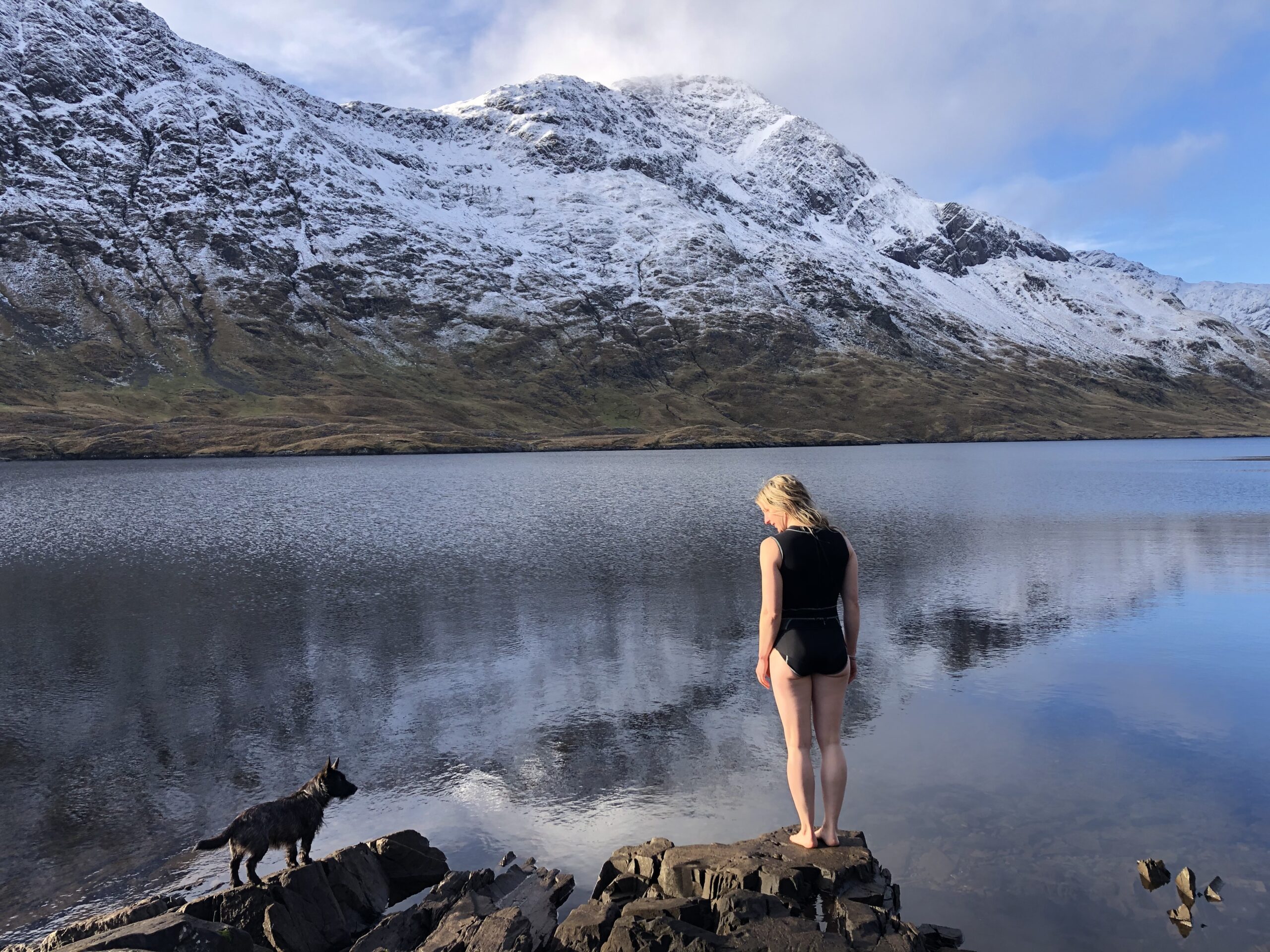 Momentum is building in the search for how we might overcome this disconnect, with powerful examples of individuals and organisations taking action to restore the ocean as a safe space and protect the health of wild waters. I explore and unpack many of these examples in my upcoming book Ebb and Flow: Connect With the Patterns and Powers of Water. From Cliff Capon’s ‘Surfer Biome’ project looking at how the ocean leaves its fingerprints on our bodies; to the water protectors who organize walks along the rivers and lakes of the world to raise awareness of the sacredness of water; to Leah Barclay’s ‘River Listening’ that gives voice to the important messages the last wild rivers have to tell us; to ‘Sea Sisters’ in Sri Lanka who work to make the ocean an empowering force for women and girls.
Momentum is building in the search for how we might overcome this disconnect, with powerful examples of individuals and organisations taking action to restore the ocean as a safe space and protect the health of wild waters. I explore and unpack many of these examples in my upcoming book Ebb and Flow: Connect With the Patterns and Powers of Water. From Cliff Capon’s ‘Surfer Biome’ project looking at how the ocean leaves its fingerprints on our bodies; to the water protectors who organize walks along the rivers and lakes of the world to raise awareness of the sacredness of water; to Leah Barclay’s ‘River Listening’ that gives voice to the important messages the last wild rivers have to tell us; to ‘Sea Sisters’ in Sri Lanka who work to make the ocean an empowering force for women and girls.
Ultimately, what if we could pride ourselves on being fluent in the language of the sea? It’s through understanding that we reach empathy and connection, that’s how we overcome the seemingly insurmountable global water crisis we are facing. I believe it won’t be solved through technical fixes — they are important tools, not solutions. The only way is through the heart.
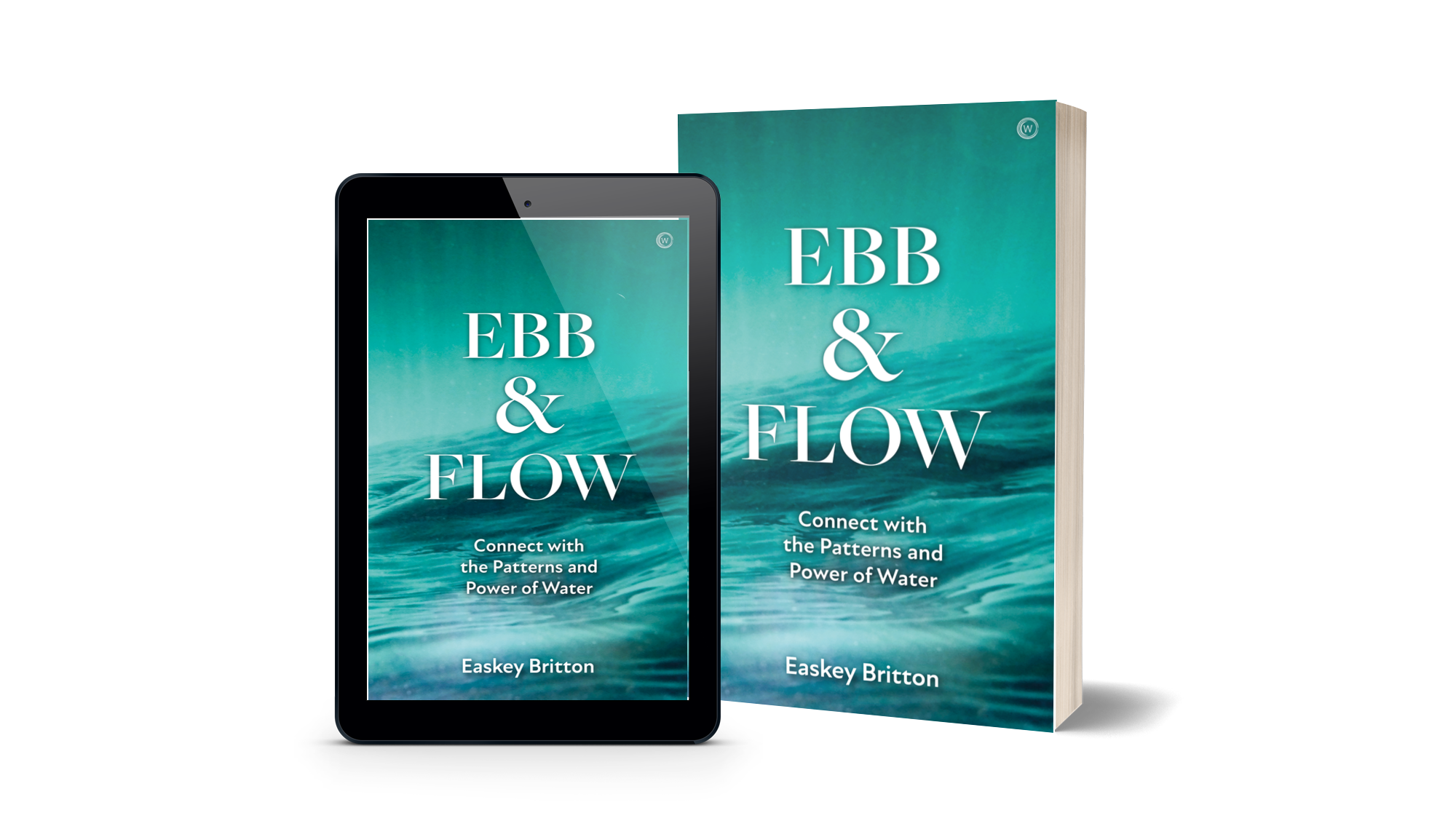
To learn more about our Blue Heart and Easkey’s mission to restore our connection to ‘blue spaces’, pick up a copy of her book Ebb and Flow: Connect with the Patterns and Power of Water (Watkins, 2023) and Saltwater in the Blood: Surfing, Natural Cycles and the Sea’s Power to Heal (Watkins, 2021).

Soon, the sun will reach its peak on the longest day of the year. Celebrated famously by new age spiritualists at Stonehenge, but also by
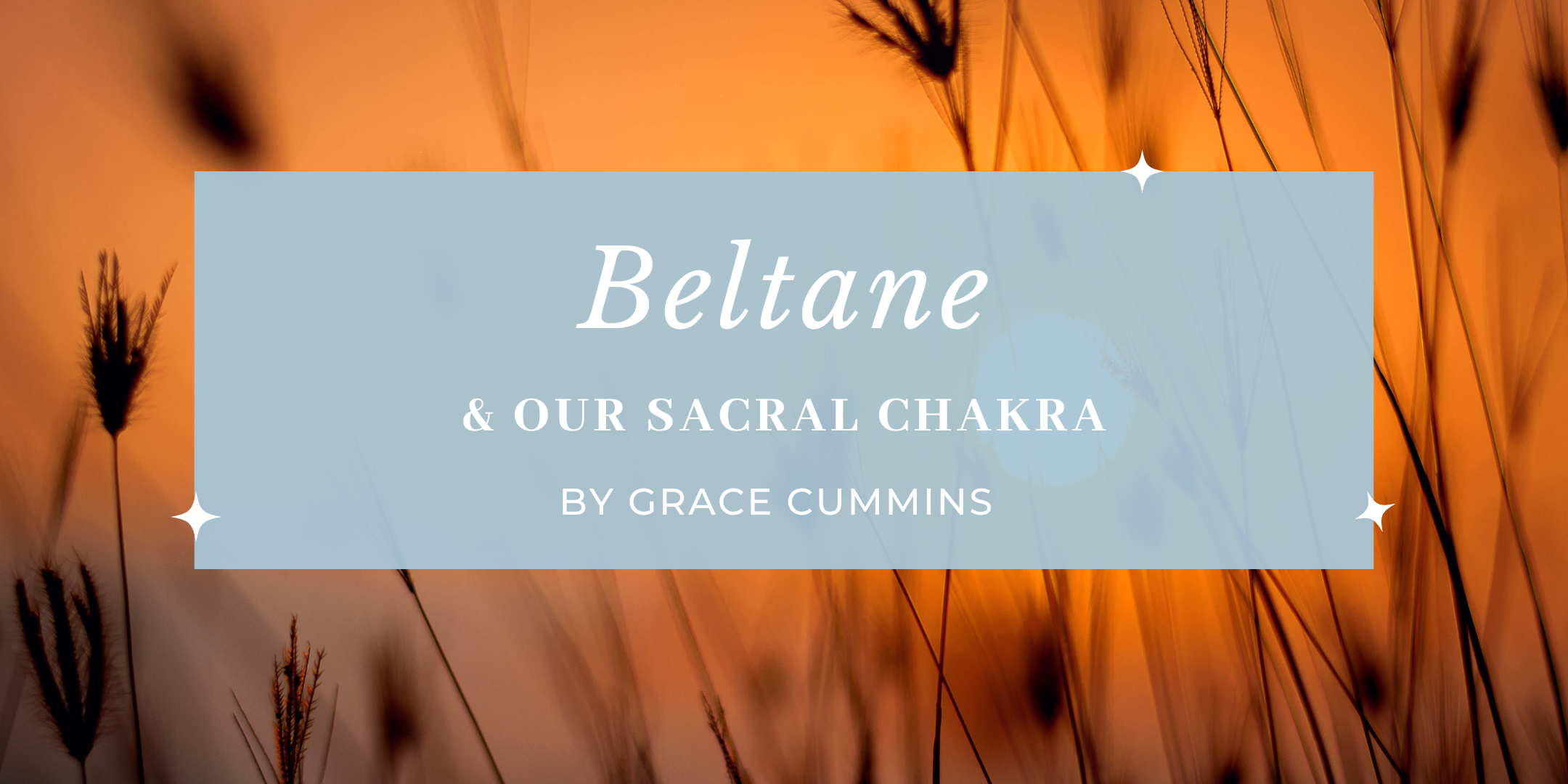
Beltane, the 1st of May (31st October/1st November in the Southern hemisphere) is a cross-quarter day: The midpoint, where we sit equally between the spring
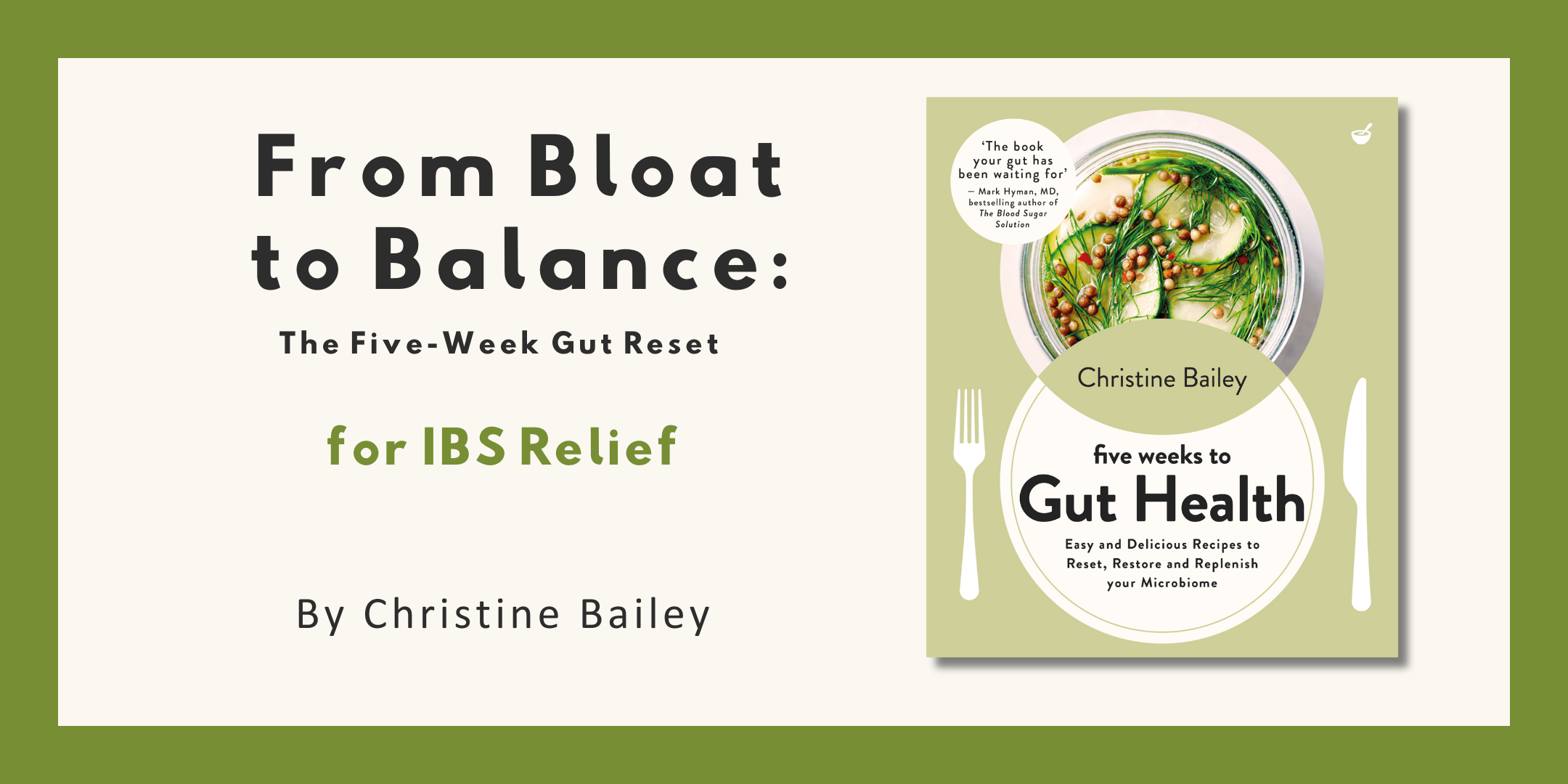
Irritable Bowel Syndrome (IBS) is one of the most common gastrointestinal disorders, affecting approximately 10–20% of people worldwide, with a higher prevalence in women —

The solar festival of Ostara celebrates the Spring Equinox, the time of year when night and day are equal. This moment marks a turning point
"*" indicates required fields
Watkins Media Limited
Shepperton House unit 11
89 Shepperton Road
London, England
N1 3DF
Watkins Media Limited
Shepperton House unit 11
89 Shepperton Road
London, England
N1 3DF
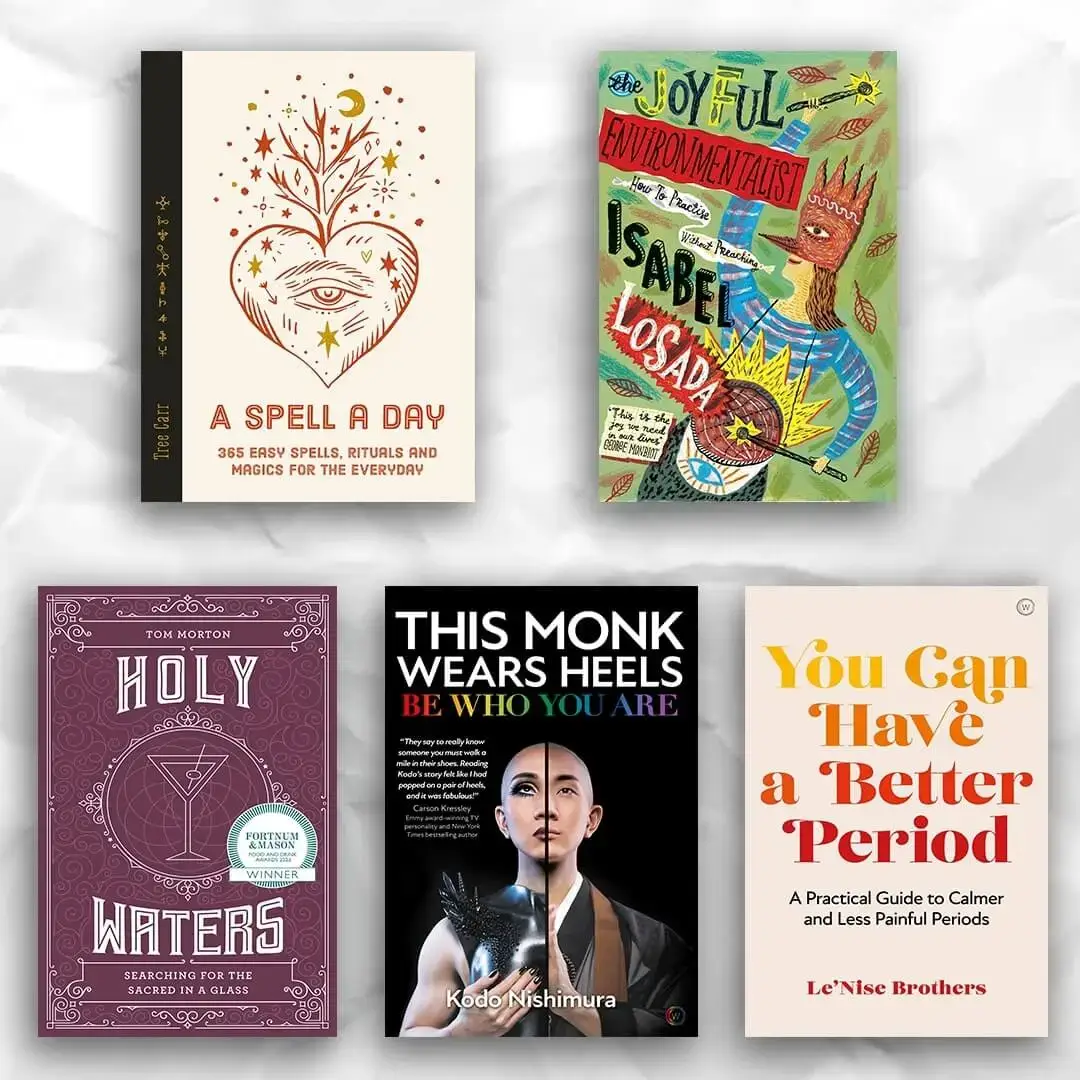
Get a FREE eBook when you subscribe to our newsletter, and be the first to know about our new releases, exciting events and all the latest news!
"*" indicates required fields